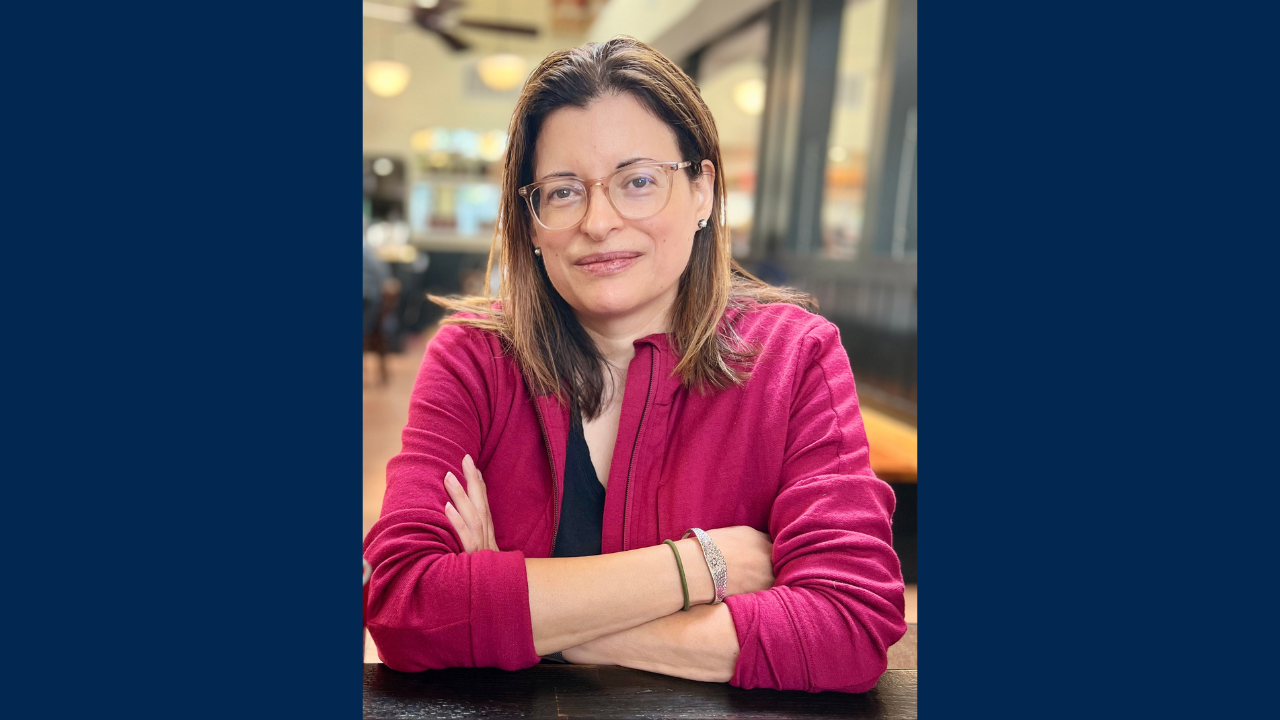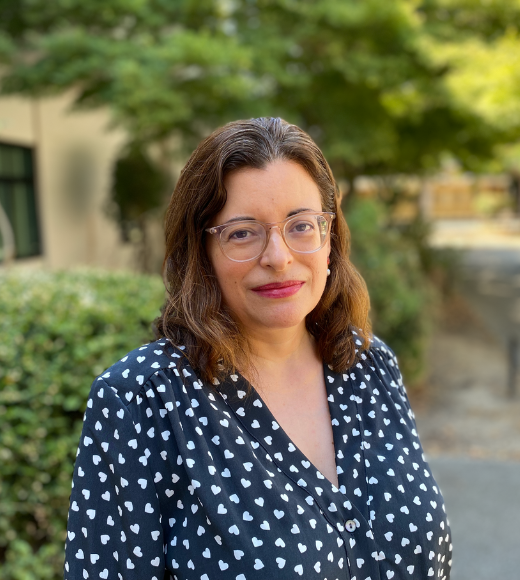
The University as Public Space: Integrating Home and Academic Life for Students
As a public university, the University of California’s fundamental missions are teaching, research and “to serve society as a center of higher learning.” None of these endeavors are possible without public service. And yet, the importance of the public to the university is not always obvious to the public that we engage with the most frequently on campus — our students.
Many students, especially those who identify as first-generation and/or underrepresented minority (URM) students, struggle with imposter syndrome and feel like outsiders to the academic spaces that they inhabit. Too often, they do not perceive the university as a public space where they can belong. Most of all, students who feel like outsiders to academia may have trouble understanding how their home communities — the environments that they grew up in, connect with on a regular basis, and may want to return to in the future — relate to academic spaces.
This is not just a question of needing to adapt to different places. Nor is it simply about the challenges students may have in dealing with the transitions inherent to university life and preparing for careers after graduation. The first-generation students I have worked with are adaptable, resourceful and resilient. They are master translators of both language and space who routinely code-switch between the dominant and marginalized languages, identities and histories that comprise their home and academic spaces. Nevertheless, they still often struggle to integrate their home and academic spaces, in order to translate between them and ultimately, build community across them.
The Power of Representation and Empathy in Teaching
Our students, especially our first-generation students, are hungry to see themselves and their home spaces represented within academic spaces. They want to potentially engage in research on the kinds of places they come from, and the sorts of people they grew up with, as part of their university curriculum. This kind of representation can take the form of research on health outcomes for rural communities; studies of the decolonization of traditional diets for low-income areas; or reading and writing about the histories of families who have migrated to California. In my English classes at UC Davis, many first-generation and URM students are also excited to study contemporary and historical literary works that focus on identities that reflect the condition of living in-between different cultures, and the feeling of being an outsider across multiple spaces.
As faculty, we know that research that centers these diverse publics, and speaks to the home spaces that many of our students come from, is supported at UC Davis. But despite our best intentions, at times faculty may foster our students’ feelings of alienation. We direct students towards institutional channels that would help to support and retain them, such as student health and counseling services or the Internship and Career Center. However, we may not realize that students sometimes perceive these services as totally distinct from their academic studies in the classroom or lab. Even if students do access these services and connect with staff who can get to know them on a personal level, they may still feel disconnected from their professors as authority figures.
I am not suggesting that faculty can address all of our students’ needs, or that we should take the place of highly trained counseling staff. In moments of crisis, a practical response that faculty can take is to place a call to student services on students’ behalf, or to walk them over to a counseling center. But we also need to reach students who might not feel comfortable talking to us, and to support the many others whose needs might not seem to rise to crisis level, but who would benefit from seeing themselves and their home spaces reflected within academic spaces. Although faculty tend to be immersed in the language and space of academia, we must understand what it is like to be translators in relation to the home languages and spaces that many of our students identify with.
Yesika Salgado: A Bridge between Academic and Home Spaces
I have found that one the best pedagogical and literary bridges between academic and home spaces is the poetry of Yesika Salgado. Salgado describes herself as “Fat, Fly and Brown,” a “Los Angeles-based Salvadoran poet who writes about her family, her culture, her city, and her fat brown body.” Her identity as a fat, brown woman who struggles to love herself against all odds depends upon the fusion of self and community through a multiplicity of spaces that she denotes as home.
Some of the home spaces that Salgado invokes are her native Los Angeles, with its coffeehouses, buses, city streets, bookstores and parks; her ancestral El Salvador, with its rural towns that evoke mango trees, rivers, jocote seeds, “grass and dirt beneath June thunderstorms,” and the “smell of burning wood” (“A Salvadoran Heart”); and digital spaces like Instagram. All of these spaces emphasize the sisterhood of brown women — grandmothers, mothers, sisters, aunts, friends — who share these homes with her. Significantly, none of these homes and identities include academic spaces.
Salgado is vocal about being a high-school dropout who has never planned to attain a college degree, but has nevertheless always considered herself a writer, crafting her poetry on breaks from her retail jobs or during her bus commute. She declares that she became a poet because of — not despite — the fact that she was made to feel like an outsider in academic spaces. In the poem “Brown Girl,” she writes,
“I became a statistic
When I dropped out of high school
But I am still a writer
I learned to do this
All on my own
Nose pressed into
Sandra Cisneros
Isabel Allende
Julia Alvarez
All brown girls
All born into Spanish
And then translated
Just like me”
Here, Salgado emphasizes the importance of translating between spaces, identities and languages, but she also claims her identity as a writer cultivated through her home spaces, on her own terms, not in the classroom. For many of my students, who have been able to choose the path of higher education, but who still struggle to navigate academic spaces, Salgado’s example of education beyond the classroom really resonates. As students connect with Salgado’s poetry, which deliberately calls out to those who feel that they do not belong to institutional spaces, they can begin to see themselves as writers and thinkers beyond the confines of the classroom.
Course Design to Foster Inclusion and Belonging
In the spirit of thinking of the university as public space that can integrate home and academic spaces, I plan to design an English course called “Reading and Writing Home.” Students would read a series of texts that foreground the “outsider” perspective, including Salgado’s Corazón, to ask how characters who identify as outsiders navigate the process of belonging to dominant spaces. We would be particularly interested in how such characters resist or reframe process of belonging in order to create their own versions of home.
The course would require a series of writing assignments that ask students to co-write pieces with a family member or friend who comes from one of the places that they consider to be home. Using a Google doc, students would discuss and write ideas with their family member or friend about how the personal, cultural, or social experiences that they have both learned and taught at home — that is, outside of academic or institutional spaces — could inform both of their learning practices, whether within academia (student) or without (family member/friend). By sharing and working alongside someone from one of their home communities, I hope that students will feel empowered to understand that their learning has always extended beyond the classroom, to ultimately bridge the gap between their home and academic spaces.
────
Learn More About Public Scholarship Faculty Fellows
- Through the Public Scholarship Faculty Fellows program, we provide concrete tools and facilitate opportunities for faculty across all disciplines to collectively cultivate a culture of engagement at UC Davis and meet their specifically designed and stated goals. Learn about our application process.
- Public engagement is all about people. Read other stories.
About the Author

Desirée A. Martín
Associate Professor
Department of English
